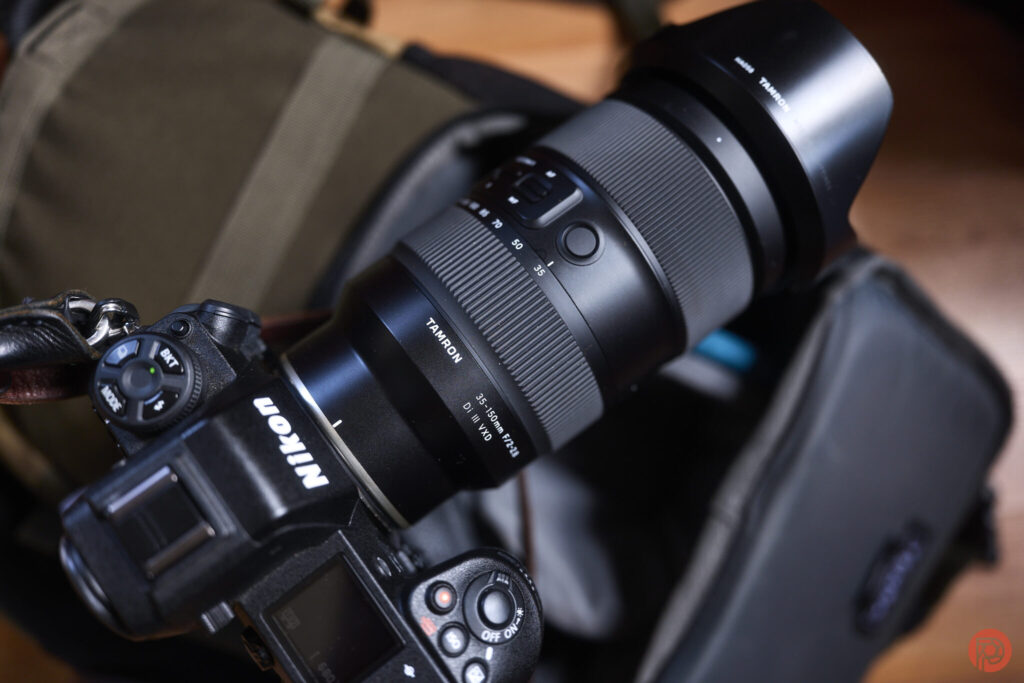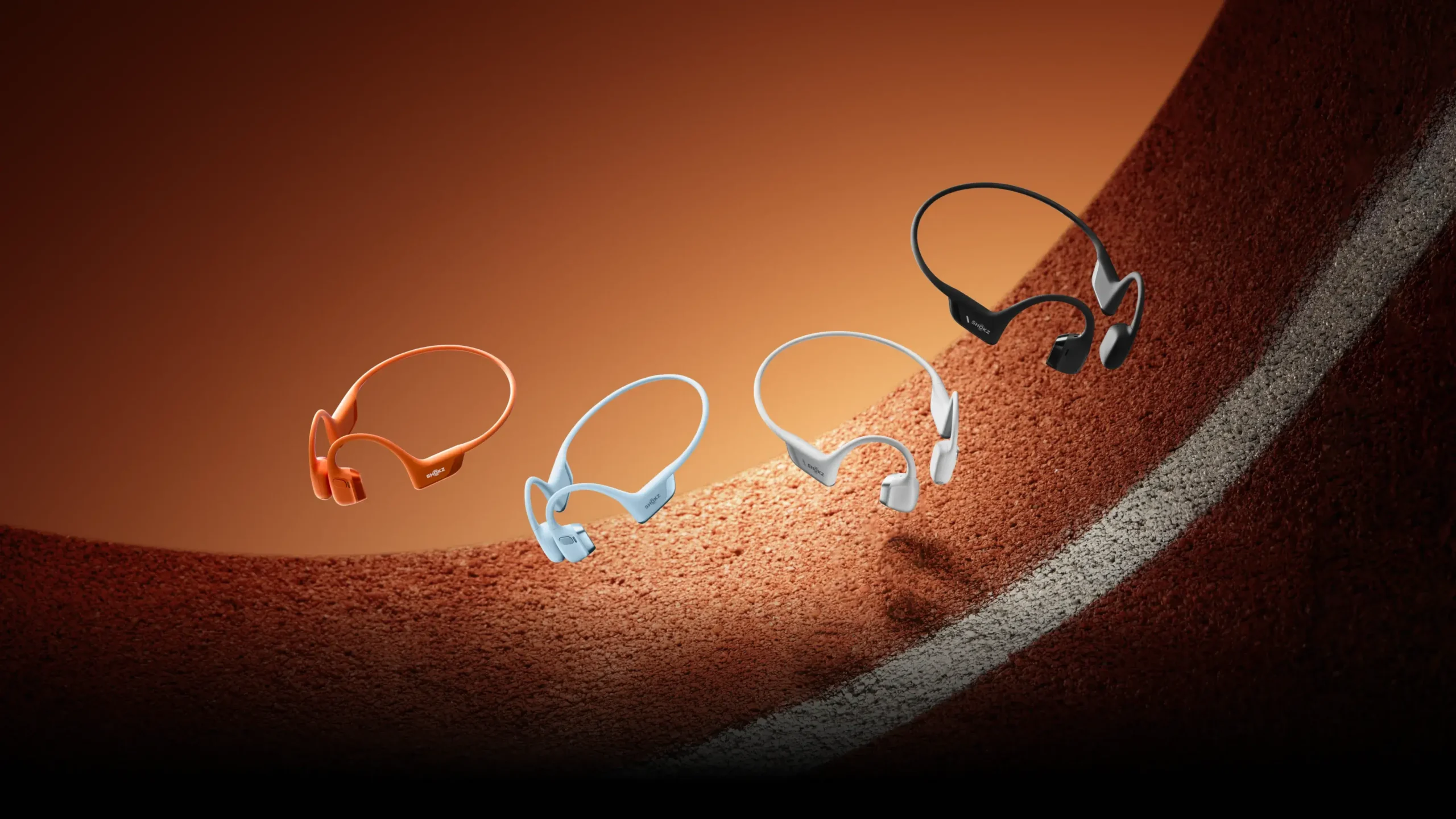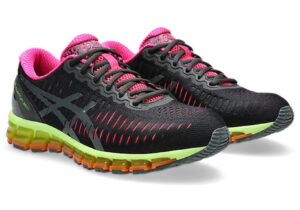Sports photography is one of the most challenging genres for photographers, requiring a unique combination of speed, precision, and technical prowess. Capturing the perfect moment in fast-paced environments like football games, basketball matches, or motor racing events demands a camera that can keep up with the action. From blistering fast autofocus systems to high continuous shooting rates and robust build quality, sports photographers need specialized equipment that balances image quality, responsiveness, and durability.
In this article, we’ll critically evaluate the best cameras currently available for sports photography, exploring key features such as autofocus performance, burst rates, sensor size, and overall handling. Whether you’re a professional looking to upgrade your gear or an enthusiast seeking your first sports-oriented camera, this guide will help you make an informed decision.
Key Criteria for Evaluating Sports Cameras
Before delving into specific camera models, it’s crucial to understand the primary factors that distinguish a sports photography camera:
Autofocus Speed and Accuracy: A high-performing autofocus system is essential for tracking moving subjects. Features like predictive tracking, high-density focus points, and advanced subject detection algorithms can significantly impact your ability to capture sharp images.
Burst Shooting Rat: The best cameras for sports photography offer high continuous shooting speeds—often 10 frames per second (fps) or more—allowing photographers to capture multiple images in quick succession. This feature is indispensable for freezing moments like a sprinter’s finish or a soccer player’s mid-air kick.
Sensor and Image Quality: While full-frame sensors are generally preferred for their superior low-light performance and depth of field control, APS-C and Micro Four Thirds sensors can offer advantages like extended reach and smaller, more portable bodies.
Buffer Depth: A camera’s buffer determines how many images can be taken in rapid succession before the camera has to pause to clear data. A deep buffer is particularly useful for shooting long bursts, ensuring you don’t miss critical moments.
Build Quality and Ergonomics: Sports photographers often work in unpredictable environments, so a camera with robust build quality, weather sealing, and good ergonomics is essential for comfort and reliability during long shoots.
Top Cameras for Sports Photography in 2024
Canon EOS R3
The Canon EOS R3 is Canon’s flagship mirrorless camera, designed specifically for professional sports photographers. It boasts a 24.1-megapixel full-frame sensor, paired with Canon’s Dual Pixel CMOS AF II technology, which provides incredibly fast and accurate autofocus performance. Its standout feature is the Eye Control AF, which allows you to select autofocus points simply by looking at the desired subject through the viewfinder. The R3 can shoot up to 30 fps in electronic shutter mode, making it a perfect choice for high-speed sports like track and field or soccer.
Pros:
– Eye Control AF for precise focus.
– 30 fps burst shooting in electronic mode.
– Deep buffer with support for CFexpress cards.
Cons:
– Expensive and large compared to other options.
– Requires familiarity with Canon’s mirrorless system for optimal use.
Sony A1
The Sony A1 is arguably the most advanced mirrorless camera on the market, featuring a 50.1-megapixel full-frame sensor and up to 30 fps continuous shooting. Its real-time tracking and eye autofocus for both humans and animals make it ideal for sports like basketball, where players move unpredictably. The A1 also excels in low-light situations, thanks to its backside-illuminated sensor and high ISO sensitivity.
Pros:
– 50.1 MP resolution for extremely detailed images.
– 30 fps continuous shooting with full AF/AE tracking.
– Superior 9.44M-dot electronic viewfinder for clear vision.
Cons:
– High cost and complex menu system.
– Battery life can be limiting during extended shoots.
Nikon Z9
The Nikon Z9 is a powerhouse for sports photography, boasting a 45.7-megapixel full-frame sensor and the ability to shoot at 20 fps with full RAW quality. It features Nikon’s most sophisticated autofocus system to date, with 493 AF points and advanced subject detection. The Z9 also has a rugged build and excellent weather sealing, making it ideal for outdoor sports like motocross or sailing.
Pros:
– Class-leading autofocus performance with AI-based tracking.
– 20 fps shooting with no viewfinder blackout.
– 8K video capability for hybrid photo and video shooters.
Cons:
– Heavy and bulky compared to other mirrorless options.
– Limited third-party lens support in the Z-mount system.
X-H2S
The Fujifilm X-H2S is an excellent choice for sports photographers who prefer the APS-C format. With a 26.1-megapixel sensor and up to 40 fps burst shooting, it offers an impressive combination of speed and image quality. Its stacked CMOS sensor design minimizes rolling shutter, making it suitable for fast-paced sports like tennis or volleyball. The X-H2S’s compact body and intuitive controls also make it a great option for photographers seeking portability without sacrificing performance.
Pros:
– 40 fps continuous shooting with electronic shutter.
– Excellent color reproduction and image quality.
– Compact and lightweight body with robust build quality.
Cons:
– Smaller sensor may not provide the same low-light performance as full-frame options.
– Autofocus tracking, while good, is not as advanced as some competitors.
Olympus OM-1
The Olympus OM-1, with its Micro Four Thirds sensor, is an unconventional but compelling choice for sports photography. Its 50 fps shooting with full AF/AE tracking and compact size make it ideal for capturing wildlife and sports from afar. While the smaller sensor might limit its performance in low light, the OM-1 offers unmatched portability and weather resistance, making it a solid choice for outdoor sports like skiing or surfing.
Pros:
– 50 fps burst shooting for incredible action capture.
– Compact and lightweight body.
– Excellent weather sealing and stabilization system.
Cons:
– Limited dynamic range and low-light performance.
– Smaller lens selection compared to full-frame systems.
Choosing the Right Camera for Your Needs
The best camera for sports photography will depend on various factors, including your budget, preferred shooting conditions, and specific needs. For professionals covering high-stakes events like the Olympics, the Canon EOS R3 or Sony A1 offers unparalleled performance, albeit at a premium price. Meanwhile, the Nikon Z9 stands out for its build quality and robust feature set, making it a versatile choice for multiple sports genres.
For enthusiasts or semi-professionals, the Fujifilm X-H2S provides a great balance of speed, image quality, and cost-effectiveness. The Olympus OM-1, while not as conventional, is perfect for those who prioritize portability and need a camera that can withstand the elements.
Additional Considerations: Lenses and Accessories
When choosing a camera for sports photography, it’s essential to consider lenses and accessories. A fast telephoto lens, such as a 70-200mm f/2.8 or a 300mm f/4, is crucial for capturing distant subjects with clarity and separation. Additionally, a sturdy monopod, extra batteries, and high-speed memory cards can make a significant difference in your shooting experience.
The camera body is just one piece of the puzzle. Investing in high-quality lenses with fast apertures and reliable focusing mechanisms will allow you to make the most out of your camera’s capabilities. Brands like Canon, Sony, and Nikon offer an extensive range of sports-oriented lenses, while third-party manufacturers like Sigma and Tamron provide more budget-friendly options without compromising performance.
Impression
Sports photography requires equipment that can deliver speed, accuracy, and durability under challenging conditions. The right camera can elevate your photography, enabling you to capture the emotion and intensity of athletic events. While the top-tier options like the Canon EOS R3 and Sony A1 offer cutting-edge technology, other cameras like the Fujifilm X-H2S and Olympus OM-1 cater to different priorities, such as portability and cost-effectiveness.
Choosing the best camera ultimately comes down to evaluating your specific needs and shooting style. Whether you’re photographing a high-speed race or an intimate tennis match, there’s a camera on this list that can help you capture the decisive moment with precision and artistry.
No comments yet.








